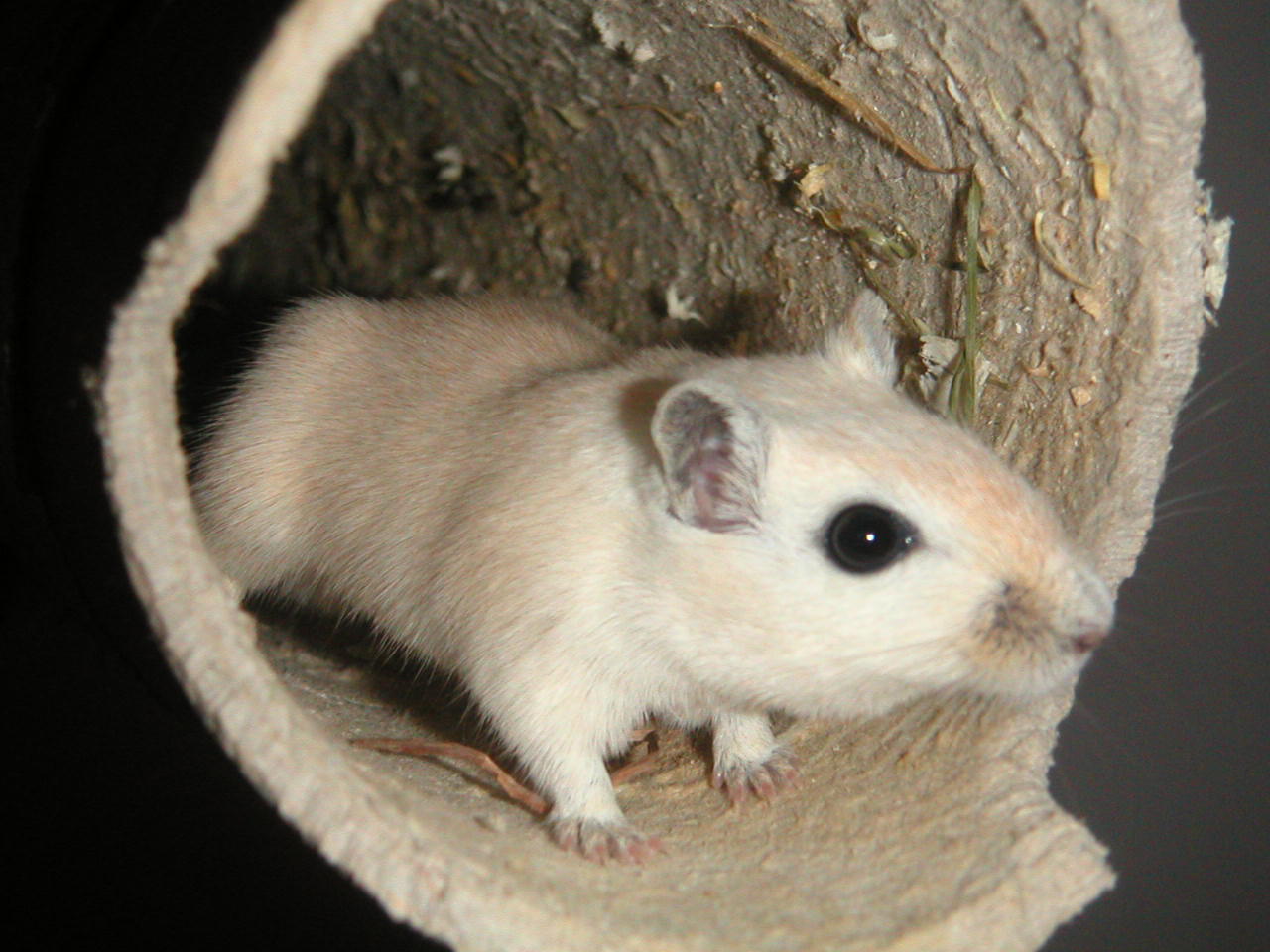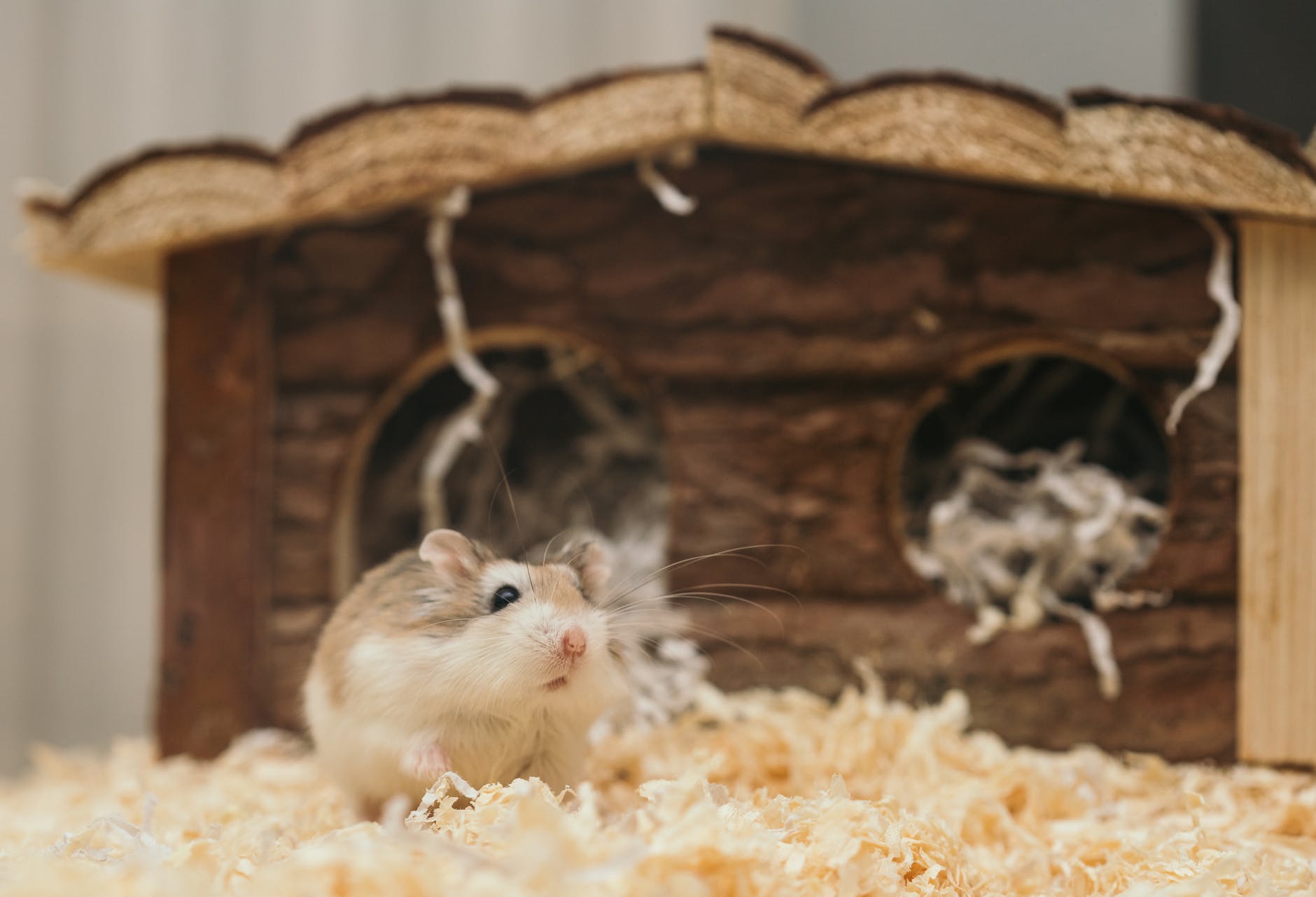Gerbil Habitats
February 23, 2021Gerbils need to be able to dig, they love privacy and building interconnected tunnels for shelter and food storage. They will chew any exposed pieces of wood or plastic, constantly test their environments for weak spots and they can escape from surprisingly small gaps, for example, bars that are too widely spaced.
Types of enclosure
Aquariums make good homes for gerbils. They should be short and long rather than short and tall, as the gerbils won’t use the upper space. It’s important to ensure there’s enough room to air to flow through the cage and the lid should be fine mesh to prevent any escapes.
The recommended sizes for an aquarium enclosure are:
Two gerbils: 10-gallon aquarium
Three gerbils: 15-gallon aquarium
Four or five gerbils: 20-gallon aquarium
Six gerbils: 30-gallon aquarium
Plastic tunnel cages can look tempting but they are often too small for gerbils unless several are connected together by plastic tubes to create a larger cage. Unfortunately this makes them subject to chewing so you’ll need to check the enclosure regularly for weak spots.
Half cage, half tank type gerbilariums can make a nice compromise between cage and tank. typically the tank holds enough bedding for the gerbil to dig and build whilst food and water stay elevated in the cage portion on top. They are relatively secure providing the bars are not too widely spaced. Gerbils are known to make a mess in these types of cages as they will push the bedding out through the bars when they dig and that could put off some owners.
Wooden cages may be wired or contain glass. They can be suitable for gerbils providing the gerbil can’t chew their way out or escape through bars. Exposed wood will be gnawed so it’s important to check this won’t cause a structural weakness or harm the gerbil.


